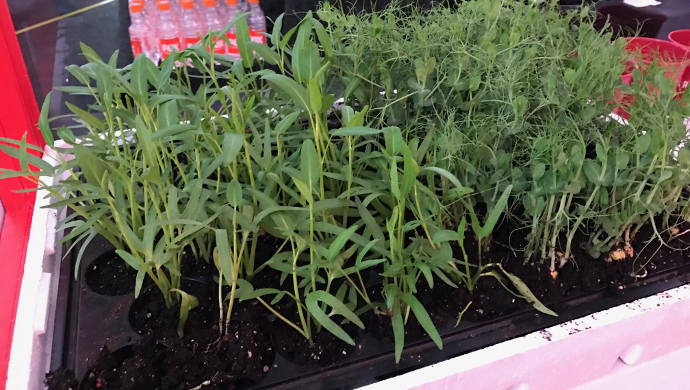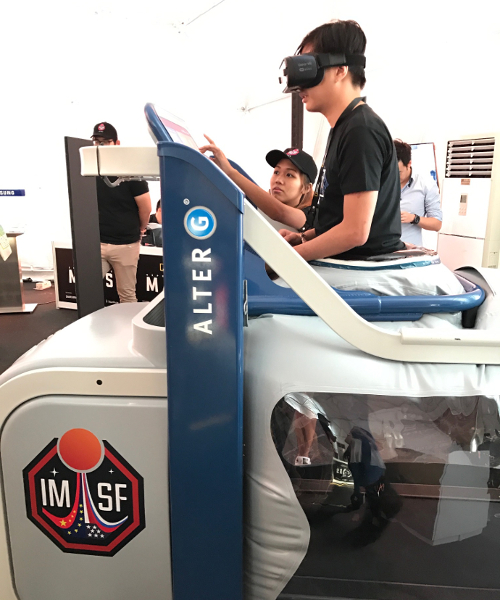Colonisation of the great big, red, planet is inching ever closer to reality. But it would be the most difficult endeavour humanity has ever attempted

The vast, unvarnished, frontier of Mars has fuelled human imagination ever since Galileo observed the red planet with his telescope more than 400 years ago.
For many years, Mars was thought to have canals; people believed contact with intelligent extraterrestrial life forms on Mars was inevitable. Now, after many unmanned expeditions, humanity has come to realise that Mars’s environment is harsh, desolate and completely lifeless.
But the dream of terraforming — an enormously complex process to make a planet habitable for humans — has not gone away. Elon Musk and his Space X team has put forth ambitious plans to colonise Mars by 2024.
At a Mars exhibition at Sentosa set up to promote the new National Geographic documentary, Mars, it showcased some of the equipment and infrastructure needed for a colony to survive year zero.
Mars’ extremely hostile environment means whatever reservoirs it had disappeared millions of years ago (though it still has polar ice caps).
A group of students from the Singapore University of Design and Technology (SUTD) have designed a Mars rover designed to collect water.
The Mars Aqua Retrieval System (M.A.R.S.) is able to scan the surface of Mars and extract water through a complex condensation system.

The red planet’s soil is quite toxic due to the presence of perchlorate chemicals, and certainly not suitable for growing food.
The inhabitants need to find a way to extract these chemicals and modify the soil with special fertilisers to enable nutrients to grow.
See the movie The Martian starring the ever-endearing Matt Damon for more details.

The habitat in the picture below is designed to enable a crew to survive for an indefinite period.
Thus, it needs to be equipped with all necessities essential for survival. And that includes systems that allow the crew to calibrate every aspect of the environment.
Air revitalisation, thermal regulation, water generation, waste management, food provision systems are but some of the many systems needed to ensure the crew does not succumb to some form of space dementia.

This picture shows an anti-gravity treadmill machine designed by NASA.
As you might have figured out, it is used extensively in physiotherapy to help patients get back on their feet.
In a nutshell, it allows users to experience a form of weightlessness. The machine is capable of allowing users to feel an 80 per cent reduction of their body weight while in operation — sadly, this effect is not permanent.

The post In Pics: How to survive and live a nice life on Mars appeared first on e27.